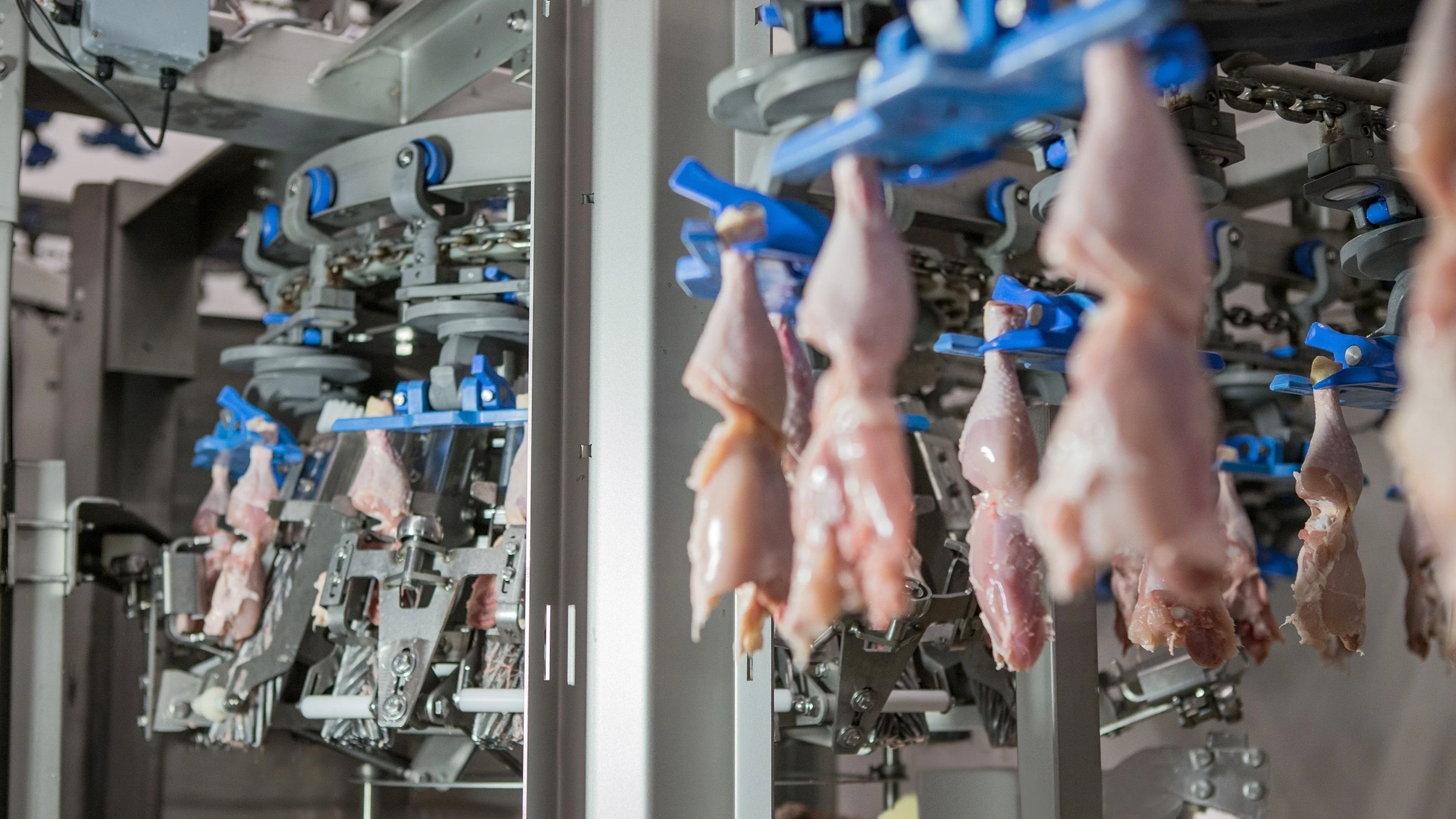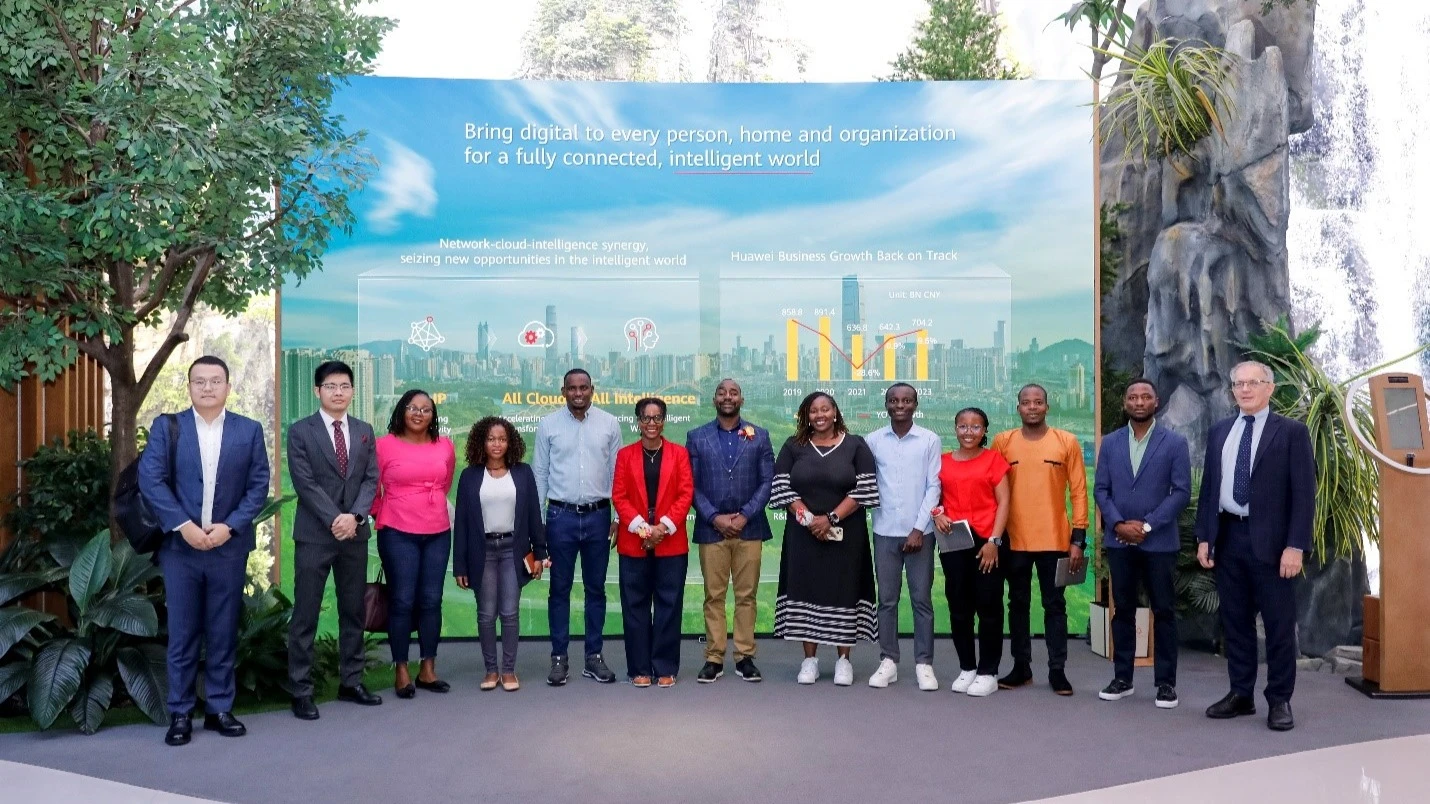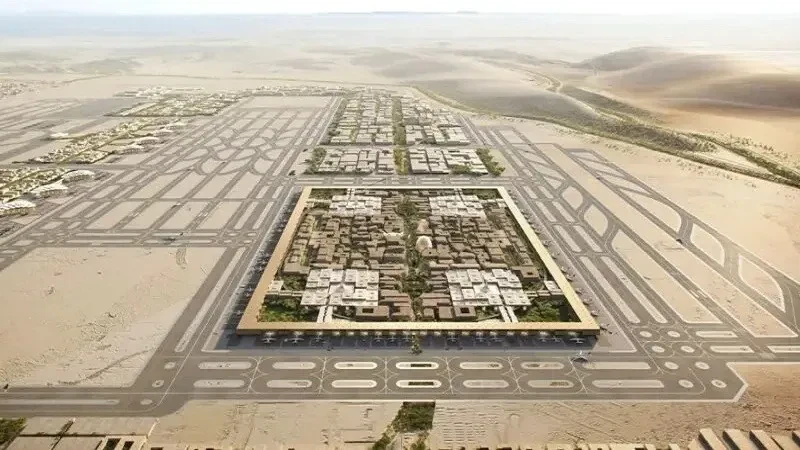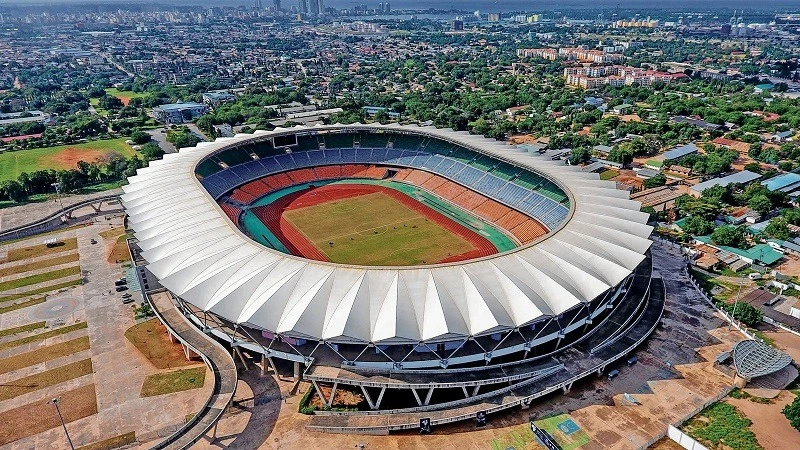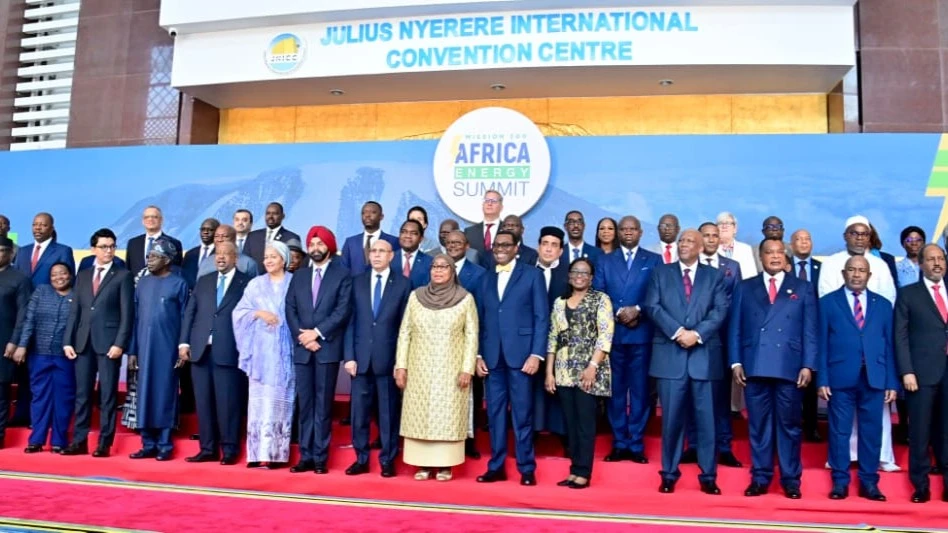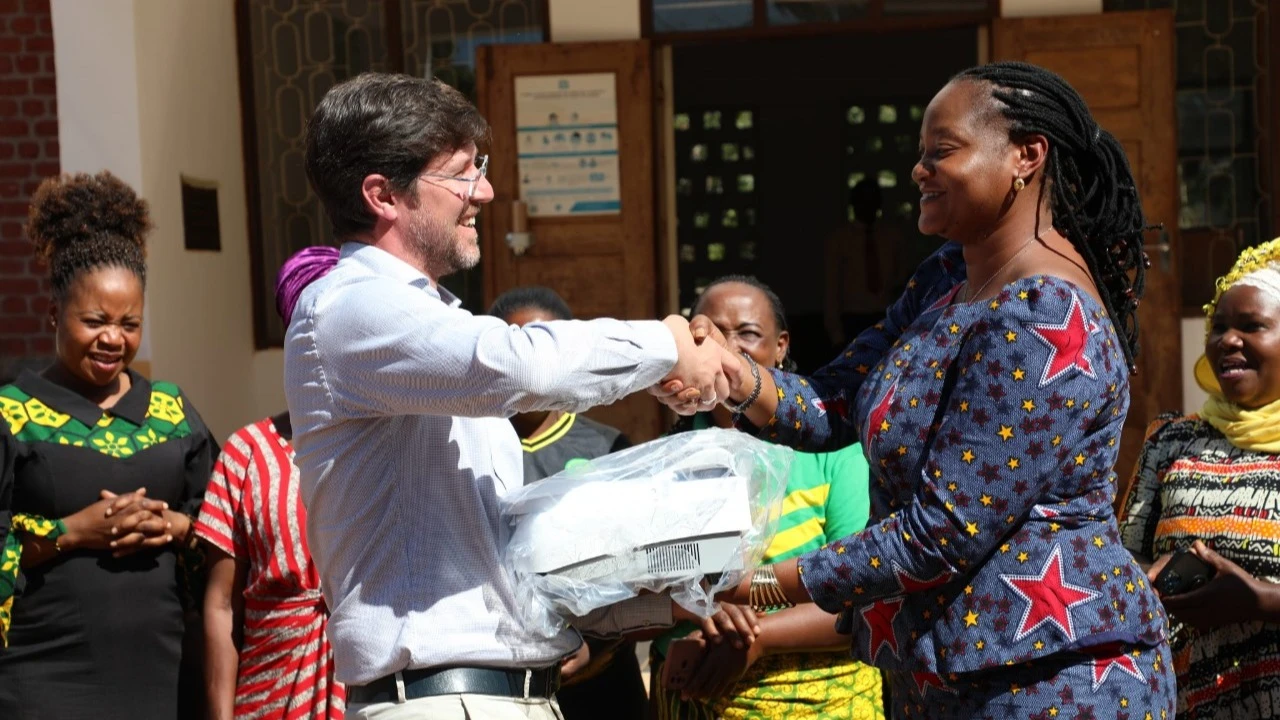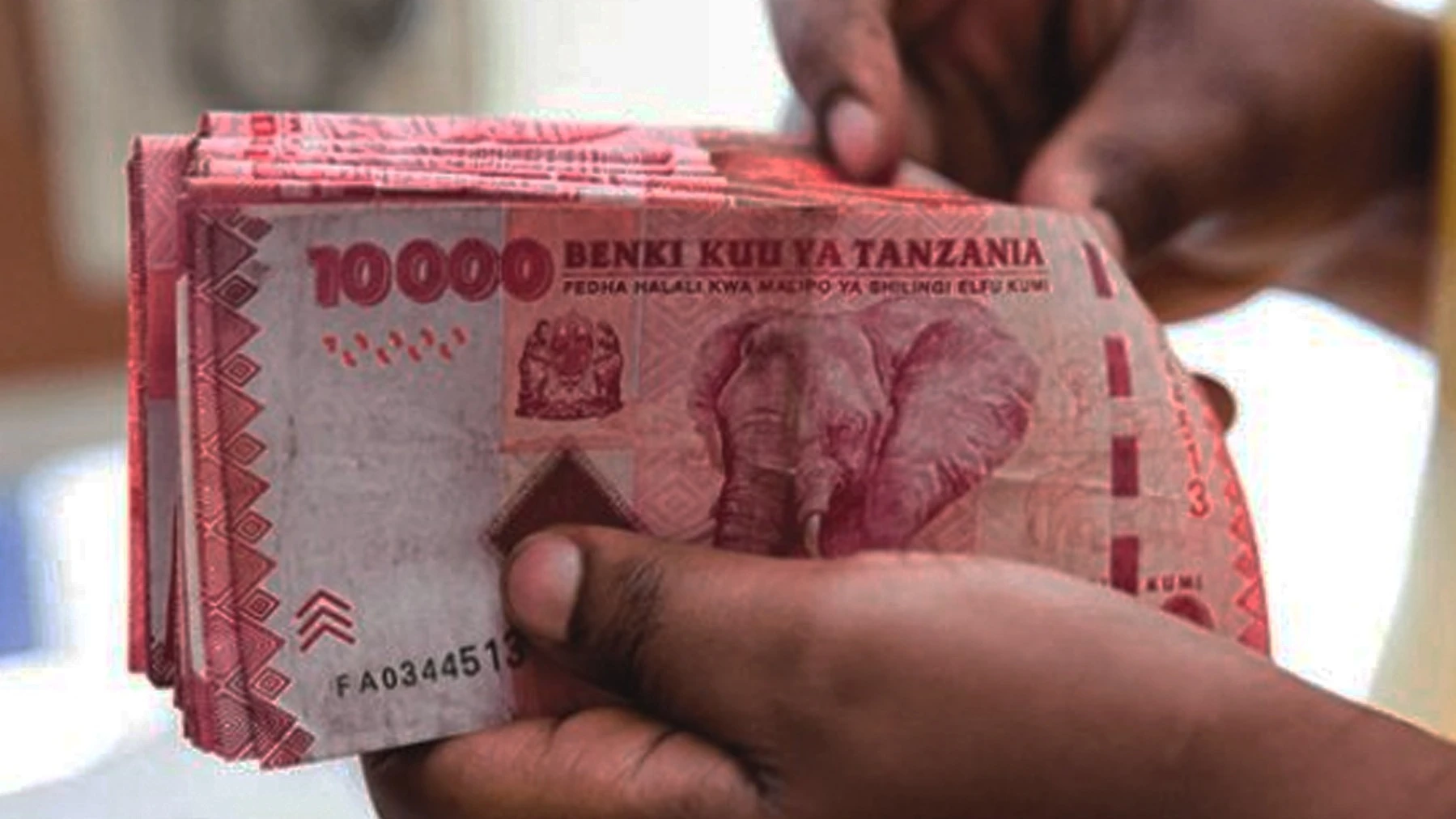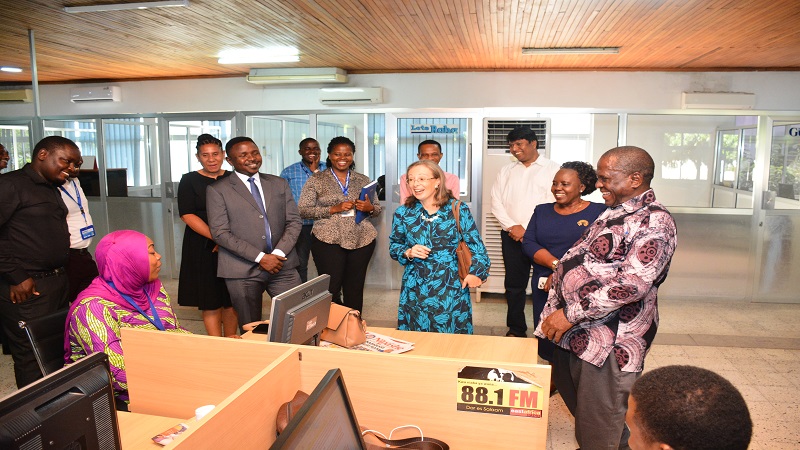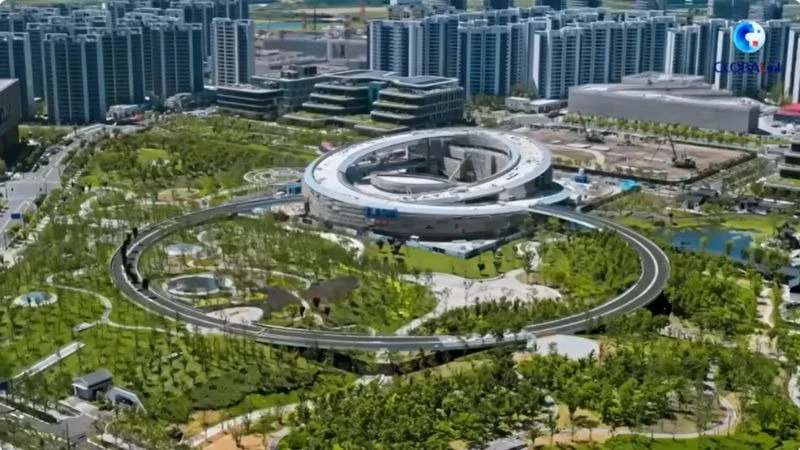The EA cement market reaches $2.6bn in 2024
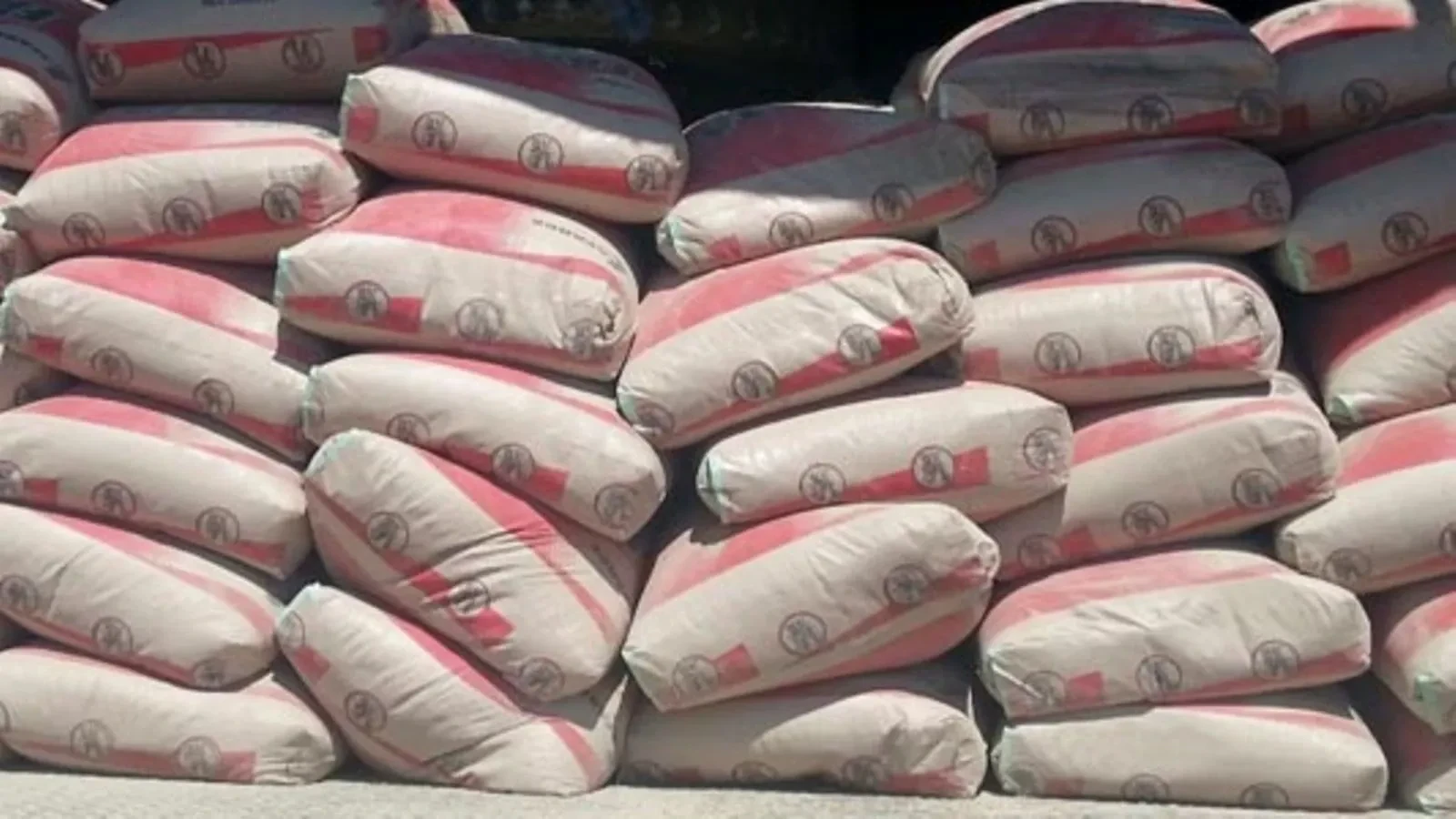
The East Africa cement market reached US$2.6 billion last year and is expected to reachUS$2.9 billion by 2033, exhibiting a growth rate (CAGR) of 1.3 percent during 2025-2033.
This is in according to IMARC Group's latest report titled “East Africa Cement Market Report by type and projections for 2025-2033.
According to the report, the East Africa cement market is witnessing several emerging trends, primarily driven by rising construction activities and increasing demand for cost-effective building materials.
One key trend is the shift towards blended cement, which incorporates alternative materials like fly ash and slag to enhance durability while reducing carbon emissions.
In addition, the growing adoption of energy-efficient manufacturing technologies is helping cement producers lower production costs and meet sustainability goals.
Moreover, the expansion of transportation infrastructure, including roads, railways, and ports, is boosting cement consumption as governments prioritize connectivity and economic growth.
Basically, the entry of new market players and increased competition are pushing existing manufacturers to improve product quality and invest in advanced production techniques.
Besides this, rising foreign direct investments (FDI) in the region's construction sector are driving capacity expansions and the establishment of new cement plants.
Furthermore, the increasing focus on affordable housing projects is creating sustained demand for cement, particularly in urban and semi-urban areas.
Additionally, the adoption of digital solutions and automation in cement production is streamlining operations and enhancing efficiency across the supply chain.
Overall, the report notes that these trends are shaping the East Africa cement market, positioning it for continuous growth in the years to come.
The East Africa cement market is experiencing significant growth, driven by rapid urbanization, infrastructure development, and increasing government investments in housing and transportation projects.
The demand for cement is rising as countries in the region focus on expanding road networks, bridges, and commercial buildings to support economic growth.
In addition, the growing population and a surge in real estate construction are further fueling the need for cement in residential projects.
Moreover, favorable government policies, including tax incentives and foreign direct investment (FDI) in the construction sector, are encouraging local and international players to expand their production capacities.
Basically, the availability of limestone, a key raw material for cement production, provides a strong foundation for industry expansion.
Besides this, advancements in cement manufacturing technology and the adoption of energy-efficient production processes are helping to enhance productivity while reducing costs.
Furthermore, the increasing focus on sustainable and eco-friendly construction materials is pushing cement manufacturers to develop greener alternatives, including blended cements with lower carbon emissions.
Additionally, the rising competition among key players is driving market innovation and improving product quality, making the industry more dynamic.
Overall, the East Africa cement market is set for continuous expansion, supported by strong economic growth and infrastructure development.
Tanzania has a total of cement producers with the capacity of producing 10 million tonnes, but production reached 8 million tonnes in 2023.
The Kenyan cement industry is anticipated to grow by 3.5 percent in 2024, reaching a market size of US$2.20 billion.
The sector is expected to maintain a steady CAGR of 3.6 percent from 2024 to 2028, with output projected to increase from US$2.12 billion in 2023 to US$2.53 billion by 2028.
The Ugandan cement market expanded sharply to $707 million in 2024, rising by 12 percent against the previous year. In general, consumption posted buoyant growth.
As of 2024, reports show Rwanda's cement industry has been experiencing significant growth, driven by increased domestic production and efforts to meet rising demand.
The 13th Africa Cementrade Summit, held in Nairobi on October 8-9, 2024, focused on decarbonization strategies and the growth of green cement highlighted a projected 77 percent increase in cement demand in the region between 2024 and 2030, driven by infrastructure development and urbanization.
Top Headlines
© 2025 IPPMEDIA.COM. ALL RIGHTS RESERVED


